
According to the president of Federalimentare Ivano Vacondio the Italian agri-food exports in 2020 will reach a value of 42 billion euros, that is about the same result of 2019. For the time being, the resistance to the economic crisis triggered by the Covid-19 pandemic is highlighted by the Italian food local districts. They represent the ‘noble part’ of Italian food production, thanks to their excellent PDO and PGI products and the know-how that characterises them.
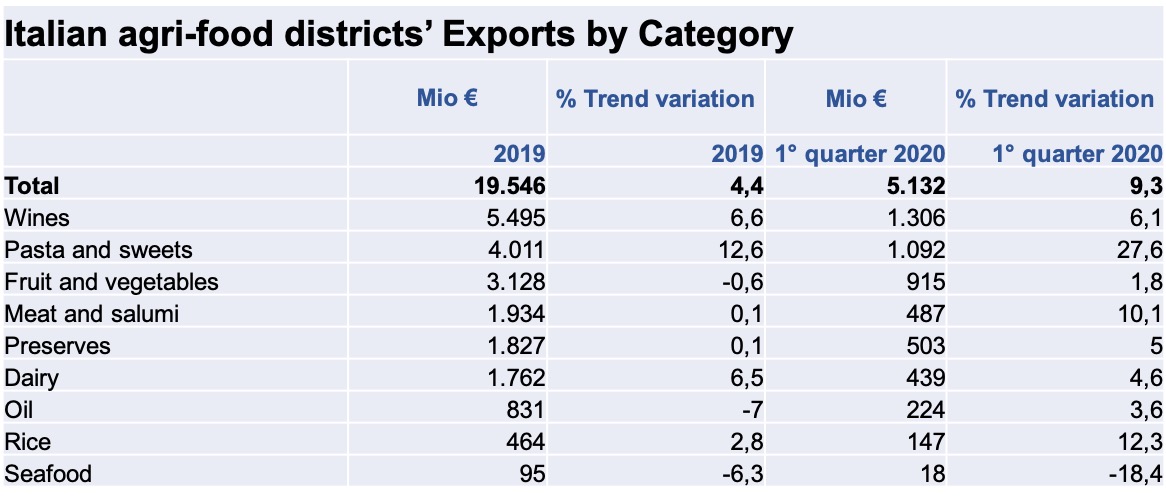
According to the latest research by Intesa Sanpaolo, products made in local districts are worth almost half of Italian food exports accounting for 19 billion euros in 2019 (growing by +4.4% on 2018, compared to a growth by +3.7% for the whole sector).
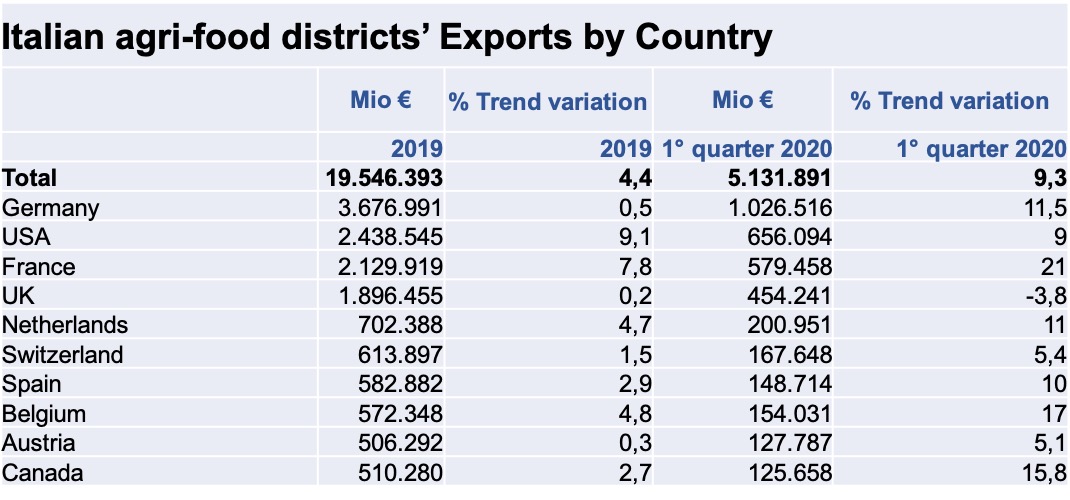
SALES BOOM FOR PASTA AND DESSERTS
The real protagonist of this first quarter of 2020 is the macro-sector that includes the major Italian districts: semolina, flour, sugar, chocolate, and coffee. On the whole, its exports grew by more than 27% over 2019, which has enabled it to exceed one billion quarterly revenues.
Click here to discover the authentic Italian pasta on Italianfood.net platform
On the podium we find three very distinct areas of Italy: Avellino, Parma, and Turin. The Avellino pasta-making district, with a 74% growth trend, is the real surprise so far. Exports reached 45 million euros in the quarter, with good perfomances in the UK and the US. The nearby pasta-making district of Naples, which identifies itself so much with Gragnano, achieved a 17% growth and 115 million euros in exports. As for pasta from Fara San Martino, exports grew by +14% (equal to 40 million euros).
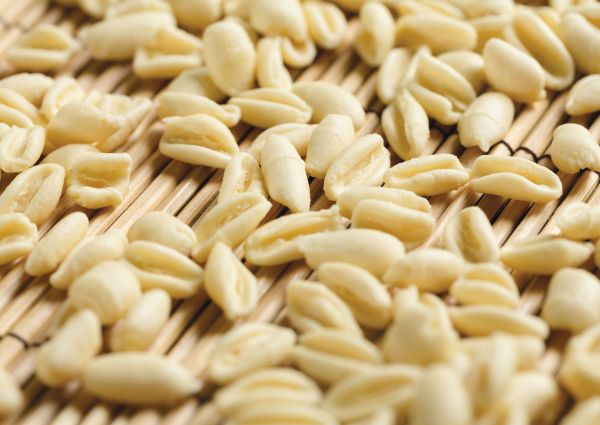
Second place for the Parma pasta making district. With a growth of 62% (240 million euros), it achieved a result that is difficult to replicate under normal conditions. France, United Kingdom, Switzerland and Germany are the top destination markets.
Turin’s sweets, chocolate and coffee grew by almost 60% (reaching 200 million euros), exported mainly to the major European countries but with good results also in Russia (+18%), and the USA (+17%).
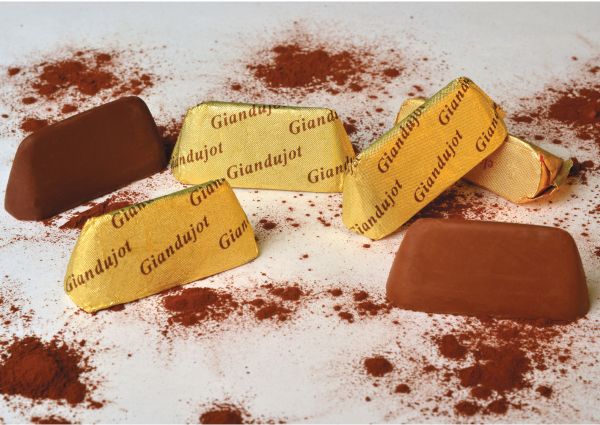
Click here to discover the authentic Italian sweets and confectionery on Italianfood.net platform
ALL THE GOOD OF COLD CUTS
The Italian cold cuts and meat districts also stood out , whith a result that could bode well for a recovery in the second half of the year. The growth in exports was, in fact, 10%.
Click here to discover the authentic Italian salumi and meat on Italianfood.net platform
In first place come the meat and cold cuts districts of Cremona and Mantua, with an impressive growth in exports by 57% (over 75 million euros in the quarter). The requests coming from China have driven the growth, but Japan (+65%) also stood out, also thanks to the free trade agreement with the EU. Spain and the Netherlands also did very well. Meat from the Veronese region, on the other hand, grew by 10% (130 million euros).
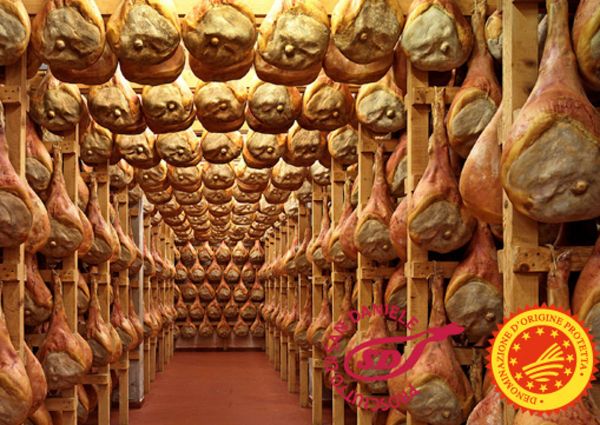
In second place we find the cold cuts from Reggio Emilia, whose sales grew by +25.1% thanks to the doubling of exports to the United States and the +80% increase achieved in Brazil.
ITALIAN WINE MORE AND MORE LIVELY
For the wine sector, which represents the main exports item of Italian food & beverage, the first months of 2020 were positive thanks to a growth in exports by +6.1% (1.3 billion euros). Exports of Italian wine were concentrated in the first two months of 2020, at the same time as the threat of duties loomed. This led the United States (first destination country) to stock up on Italian wine bottles. This good performance came together with the excellent performance of Germany (+11.1%), and Canada (+15.7%).
The most lively district proved to be that of wines and spirits in western Sicily, whose exports rose by 34% to almost 40 million euros, mainly thanks to France where sales have tripled.
Click here to discover the authentic Italian sparkling wines on Italianfood.net platform
As for the Tuscan wines coming from the Florentine and Sienese hills, i.e. mainly Chianti and Montalcino, exports grew by 13% to 187 million euros. The wines and distillates of Bolzano, with total exports of about 52 million euros, grew by +12.5%, while those of Friuli increased by 10% (to 34 million).
Prosecco di Conegliano Valdobbiadene’s sales grew by +6.3% reaching 175 million euros. Both Piedmontese wines from Langhe Roero, Monferrato and wines from Verona also profited from a positive trend.
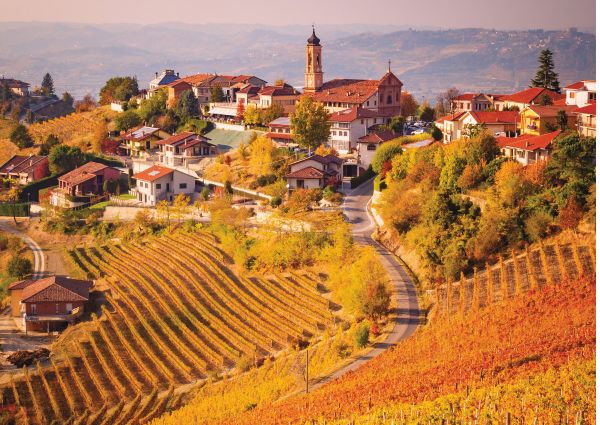
THE OTHER DISTRICTS’ GOOD PERFORMANCES
Among the preserves the performance of Neaples district, whose products’ exports grew by +35% (22 million euros), as well as the jam and juice’s district of Trentino (up 17%, for 90 million euros), were noteworthy.
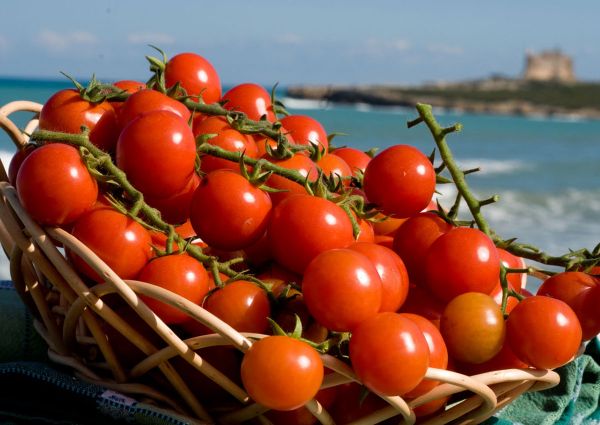
In the dairy sector, in top position we find Mozzarella di Bufala Campana PDO whose sales grew by +19% thanks to the demand from France and England (+32.5%), followed by Parma’s dairy sector which posted a +4.9% increase in exports.
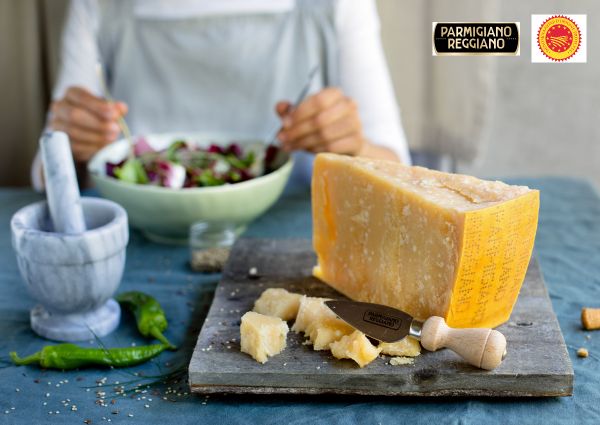
Click here to discover the authentic Italian cheeses on Italianfood.net platform
On the bright side, thanks above all to Umbria and Tuscany, we find also olive oil exports, despite all the problems that afflict Italy’s supply chain.
